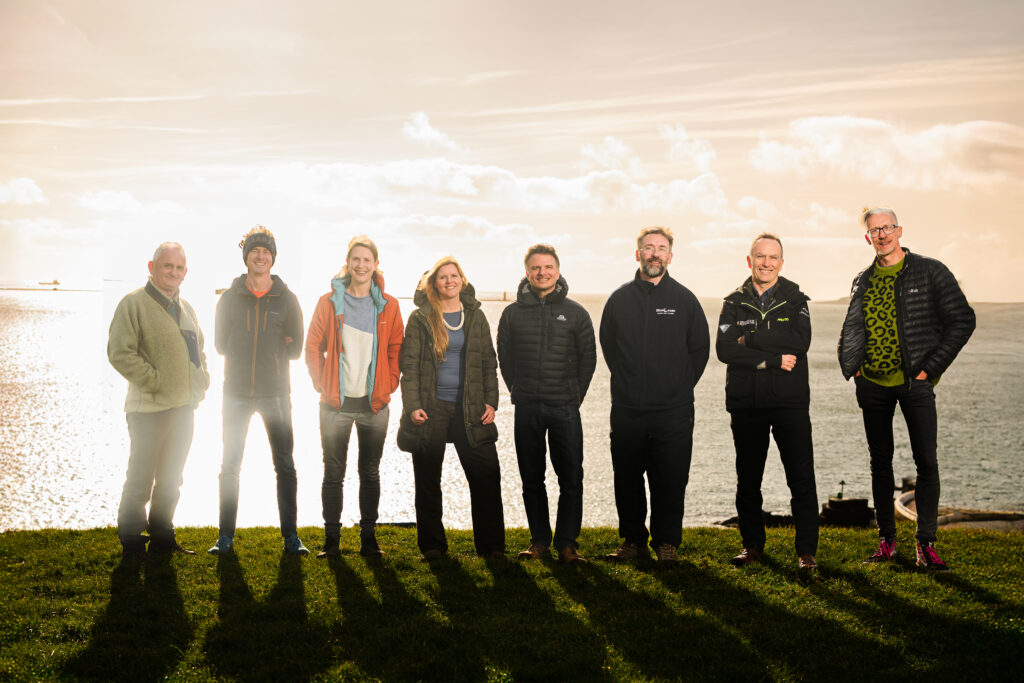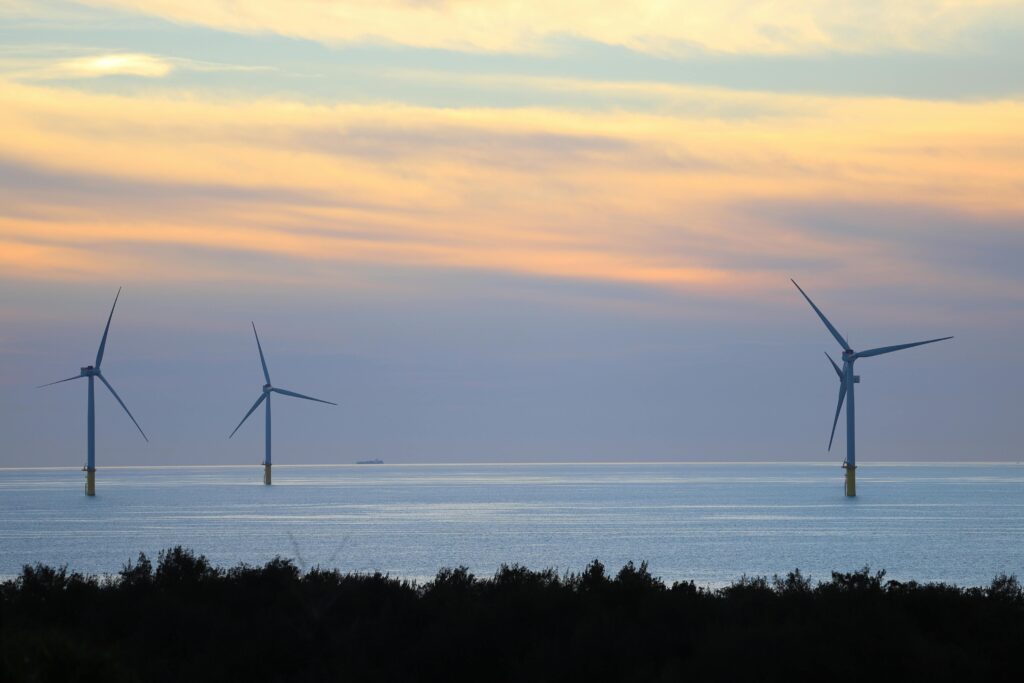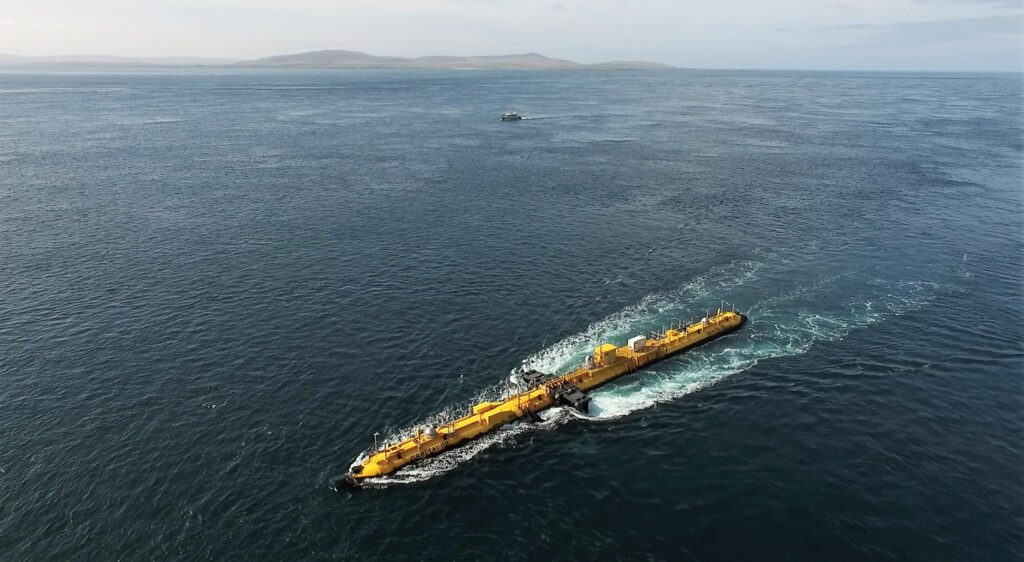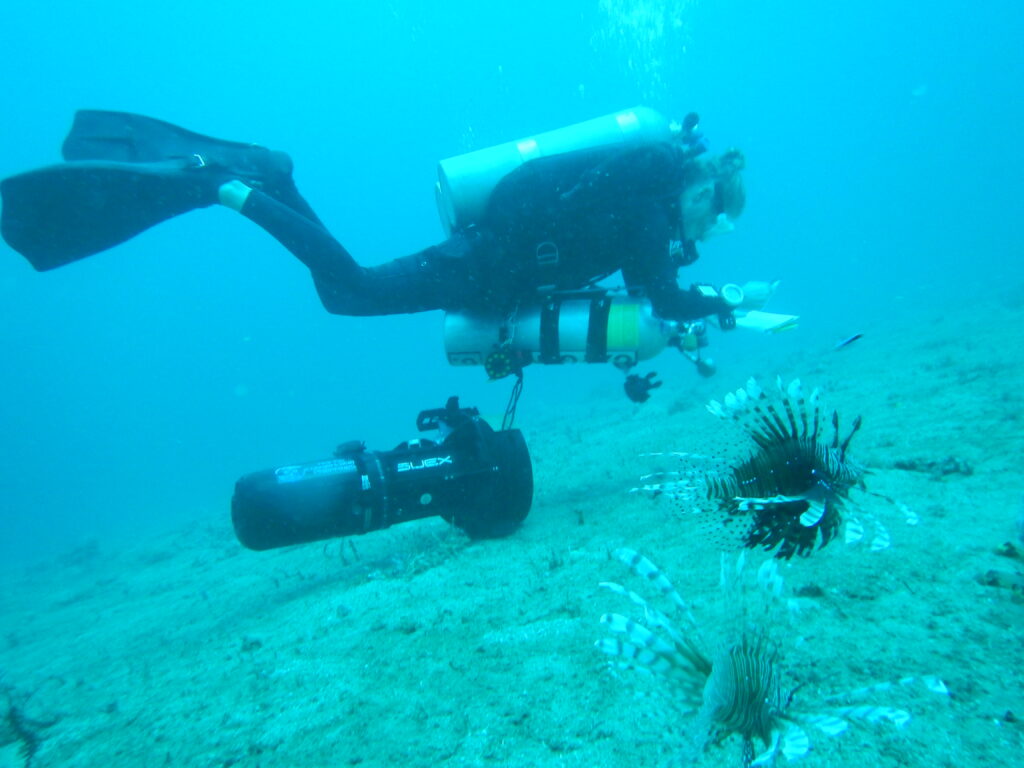Biophysics of a Changing Ocean:
From Plankton to Predators
Research Lead – Dr Lilian Lieber
In the ocean, resources are often highly dynamic in space and time or patchily distributed. To gain a more predictive understanding of ocean change, our research focuses on fine-scale predator foraging distributions and movements in relation to biophysical dynamics that enhance prey density or availability, including plankton, surface convergences, or tidally-driven hydrodynamics.
We use a range of ocean observing technologies linking oceanography and prey mapping with organism observations or tracking. Our long-term vision is the stepwise integration and development of low-cost, accessible, and sustainable sensors capturing ocean dynamics and biological scales ranging from microscopic plankton to seabirds, sharks and marine mammals.
Our insights inform the sustainable development of ocean energy, support the delivery of essential ocean variables to monitor ocean biodiversity and health, and help to assess the multi-faceted impacts of ocean warming on both our dynamic coastal seas and the deep ocean interior.


Our Research Impacts
A bird’s eye view on turbulence
In our research, we use aerial drones and machine learning approaches to track seabirds and other predators near the sea surface, and we concurrently map underlying physical flow features, such as localised upwellings. Our collaborative studies have revealed that seabird foraging movements are driven by localised physics enhancing prey availability (Lieber et al. 2021 & 2022), with direct application to ocean energy infrastructure introducing turbulent wakes (Lieber et al. 2019). Our findings have greatly informed monitoring approaches for the sustainable development of ocean energy.
Integrating acoustic and imaging tools to map fine-scale ecological ocean dynamics
Acoustic instruments such as acoustic Doppler current profilers (ADCPs) use sound waves underwater to quantify water current flows. Applying ADCPs, we have determined various fine-scale hydrodynamic metrics underlying predator at-sea occupancy patterns in tidal stream environments to inform ocean energy development (Lieber et al. 2018 & 2019).
Examining the acoustic scattering from marine organisms is used to visualise and quantify the distribution and movement of organisms beneath the ocean’s surface. Following some pioneering studies on using multibeam imaging sonar to track basking sharks underwater, we now frequently deploy scientific echosounders in predator-prey studies ranging from seabirds to whale sharks. These insights are used to integrate field-proven technologies (aerial drones, ADCPs, echosounders) with new imaging systems and analytical approaches to map fine-scale ocean dynamics, including prey fields, chemistry, and physics around ocean predators.
Latest News
Our Team
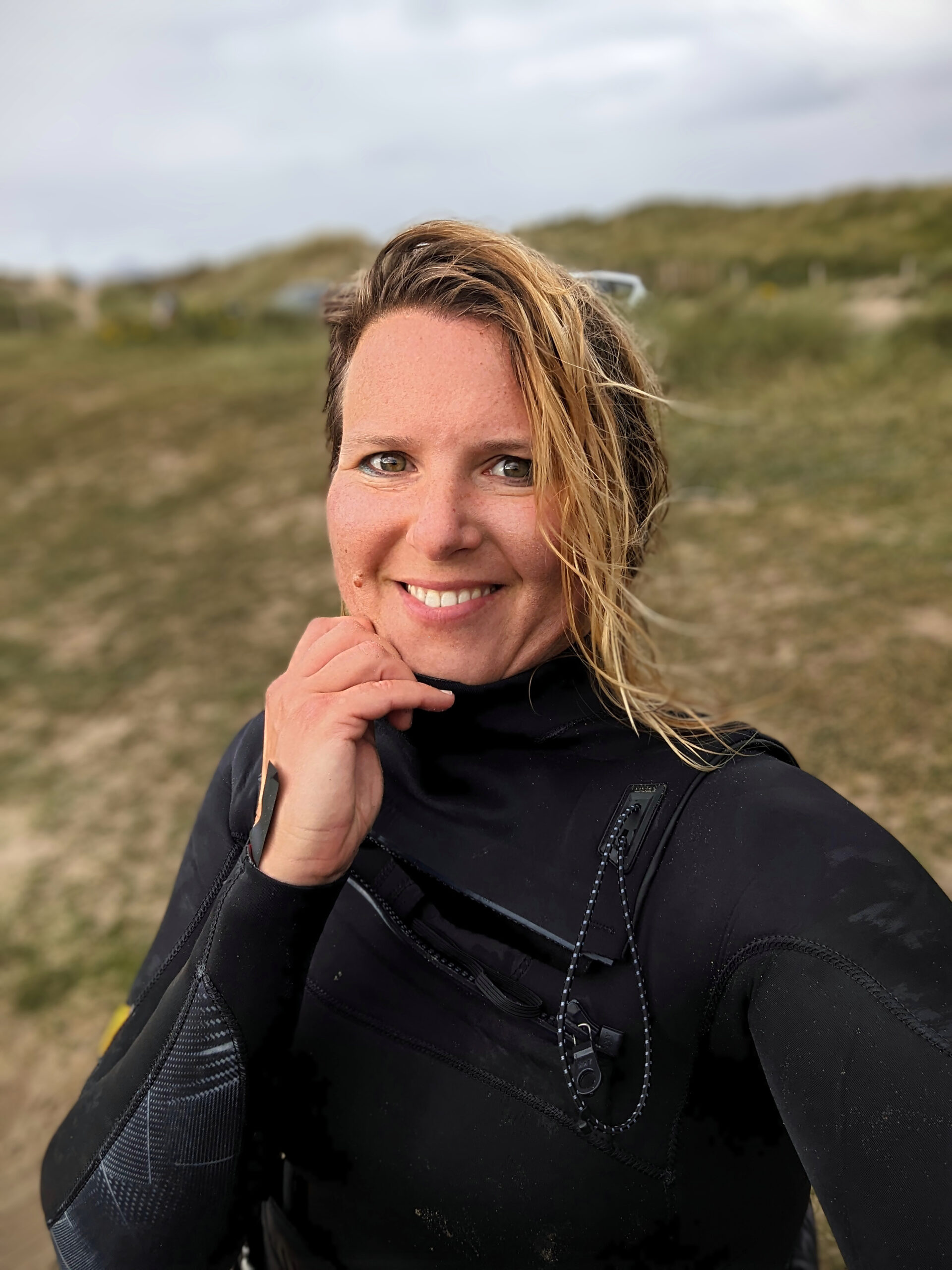
Dr Lilian Lieber, Mem.MBA
Research Fellow
Dr Lilian Lieber, Mem.MBA
Research Fellow
I’m a marine ecologist passionate about using technology to understand and communicate complex patterns and processes in our ocean. My interest in ocean observation technologies began 10 years ago when I explored imaging sonars to visualise basking sharks as part of my MASTS Prize PhD at the University of Aberdeen. My research has since focused on quantifying bio-physical drivers underlying ocean predator foraging in the context of a changing ocean. I embrace opportunities for inter-disciplinary knowledge exchange to find innovation in tools applied elsewhere. This includes the use of aerial drones demonstrating that seabird foraging is driven by localised physical features enhancing prey availability, or the use of acoustic instrumentation (echosounders, ADCPs) to quantify interactions between predators and dynamic or patchy bio-physics. A long-term vision of my research effort is the stepwise integration of acoustic sensors with biological sampling, thereby capturing essential ocean variables ranging from microscopic plankton to large vertebrates. From previous positions at Queen’s University Belfast, Bangor University and research expeditions with St Andrews University, I have an in-depth knowledge of in-situ data collection. I joined the MBA in 2023 and started a joint appointment as a Senior Research Fellow with the University of Plymouth in 2024.
Research Group: Biophysics of a Changing Ocean: From Plankton to Predators
